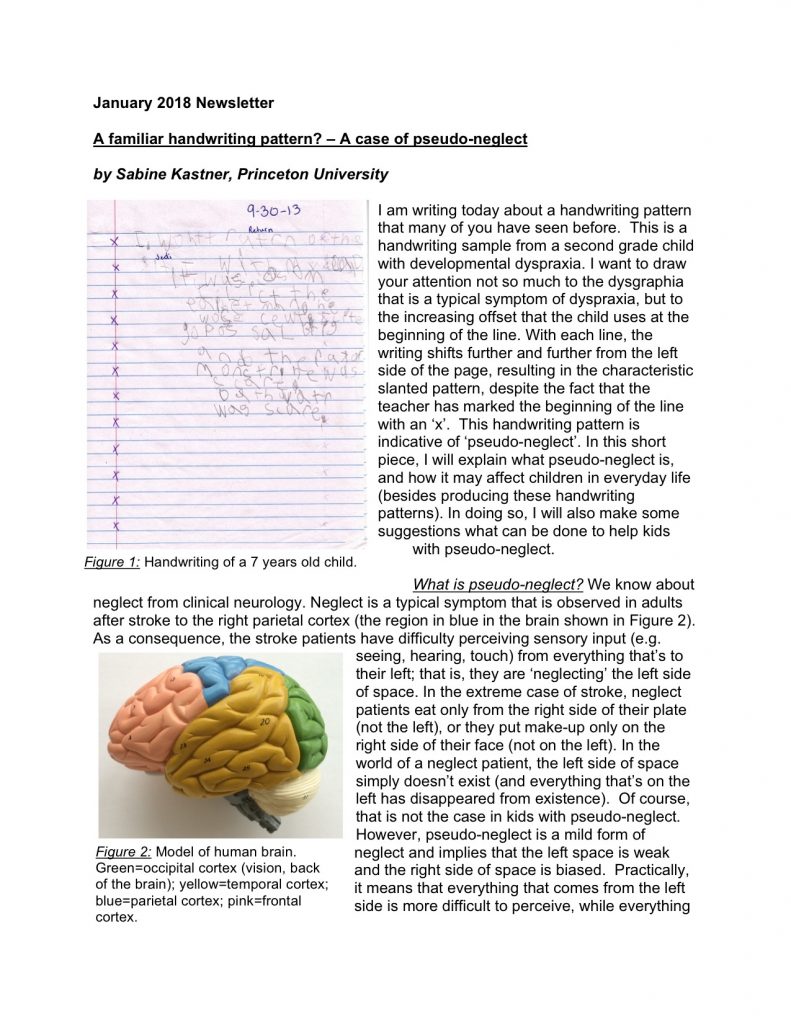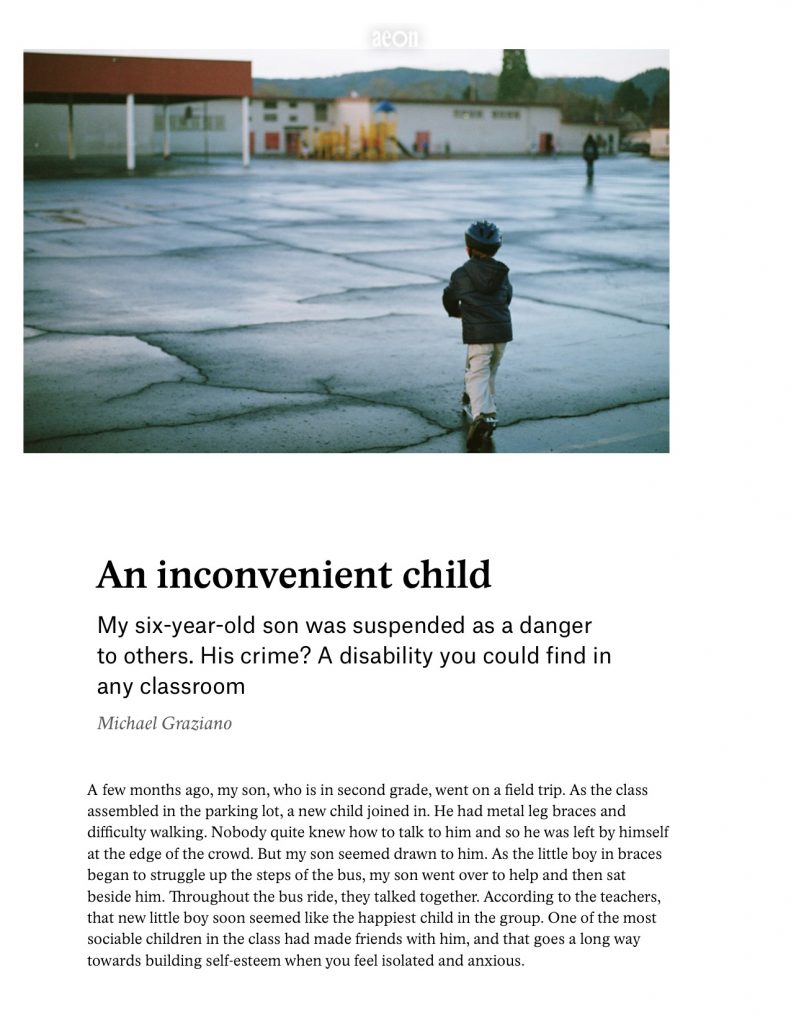Last year I stumbled across the NAPL Kids Project at Princeton University’s Neuroscience of Attention & Perception Laboratory.
This project was launched in December of 2015 (possibly earlier?) with a 750 item questionnaire and responses from 249 families.
In addition to the collection of data from families, the lab is also conducting MRI scans of Dyspraxic children.
Today, while preparing for our IEP meeting at school I checked in with the site again to find out about participating in the imaging study. We hope we can do that this summer.
I was thrilled to see the initial results of their work with the survey which I have posted here:
- Synopsis of Divergent Development in Dyspraxic Children Part One
- Divergent Development in Dyspraxic Children Part One
- Synopsis of Divergent Development in Dyspraxic Children Part Two
- Divergent Development in Dyspraxic Children Part Two
If you want to participate in the imaging study, please contact the lab here – NAPL Kids Project Participation Interest Form
There is also a very helpful article explaining pseudo-neglect. That blew me away! This is something that we see in our daughter and that her SLP has also observed. Please be sure to read it – it’s only 3 pages and very easy to understand.
In addition to the survey results the lab published a link to a 2014 article by Michael Graziano, Professor of Neuroscience at Princeton University. The article lays out his horrific journey with his local school and his Dyspraxic 6 year old son. You can read the details in the article, but the scary part is that the school operated from a position of complete ignorance in accusing the family of abuse and then later suspending Graziano’s son (after he won his court case). This kind of story is very important to parents of children with special needs. Let it be a warning to always be proactive in explaining your child’s challenges and advocating for care in your school.


